Fiji on the big and little screens
Fiji, unlike Tahiti, doesn’t have much of a cinematic history. That’s probably because Paul Gauguin never got there. The artist’s impact on the literary, and later cinematic history of French Polynesia, was profound. For better or worse, Fiji never had as powerful a proponent as Gauguin had with Tahiti.
However, the film and more lately, the television industry is catching on, albeit in a modest way. A couple of feature length films of note have been made its natural beauty and rich culture. Reality Television shows have also found Fiji a great venue. Australian Survivor made a splash by filming in Savusavu in 2018.
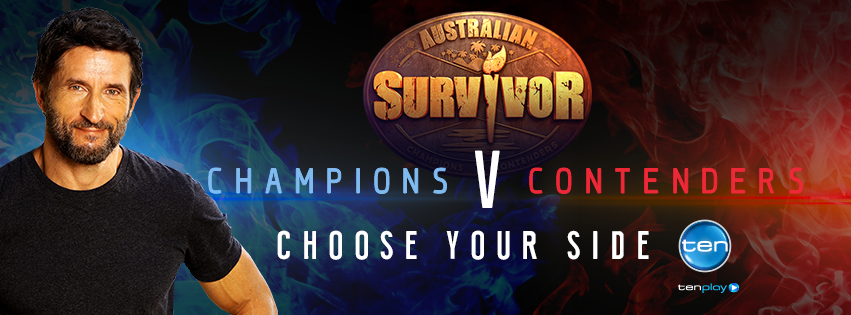
Perhaps the most recently ‘famous’ flick was Castaway (Trailer), which featured Tom Hanks in a role as a Federal Express employee who becomes stranded on an uninhabited tropical isle. Equally well known was the 1980 The Blue Lagoon (Trailer), starring Brooke Shields.

Both were filmed in Fiji but you’d never really know it. However, these weren’t the first to be made.
In 1954, Burt Lancaster shot a movie called His Majesty O Keefe (Trailer), about a privateer who realized there was more to life than his own personal fortune. The film is really on the campy side but it’s a kick to see if you get the chance—especially if you’re a Burt Lancaster fan. The story line placed the film on Yap in Micronesia, but you can hear banter in Fijian if you listen closely.
As sparkling as these films were, none featured Fiji as anything more than cinematic backdrop. Castaway could have been filmed on any tropical island. Ditto with His Majesty O’Keefe where one reviewer stated accurately “The scenery is great”.
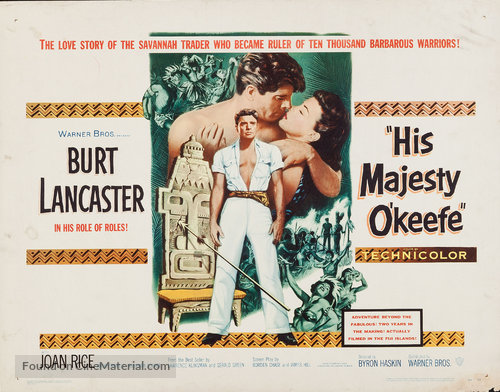
Reel Paradise, A documentary movie about an American family spending a year in Fiji, was another matter. Although it was more of a story about the travails of the Pierson Family, the film maker goes to some length to understand the complexities of the Fijian culture. (See details below).
In a completely different vein, The Land Has Eyes, produced in 2000 Rotuman Director, Vili Heriniko, was the first dramatic feature ever dealing with a true Fijian theme. It was shot on the island of Rotuma and sported nearly an all-Polynesian cast. I recommend seeing both films if you have the opportunity to do so.
Reel Paradise
A funny thing happened to my homies back in Taveuni on the way to the coconut plantation. An indie film crew made a movie in Waiyevo. No, I’m not kidding. Back in 2002 a feature length documentary called Reel Paradise was made in Taveuni. No, it wasn’t an Oscar contender and it most likely never made it to your neighborhood multiplex. Nonetheless, it was one of the first movies ever made in Fiji where the landscape (much less the culture) served as more than a backdrop.
Reel Paradise tells the story of John Pierson’s family at the end of a year-long adventure on a remote island in Fiji where they ran the 180 Meridian Cinema, showing free movies to the locals. John Pierson is a noted indie film maven, author of the widely celebrated book, Spike, Mike, Slackers & Dykes, who together with his wife Janet created the IFC cable show Split Screen. On one story for the show, John and family went
to Fiji in search of the “world’s most remote movie theater.”
John decided he wanted to move with his family to Fiji and observe what movies meant to this country on the other side of the world. He also saw this adventure as an opportunity to plunge his two kids, Georgia (16) and Wyatt (13), into a culture and lifestyle far different from that of their home outside New York City.
Filmed during the last month of the family’s yearlong stay in Fiji, Reel Paradise aims to reveal something of what the whole year has been like for the Piersons. The rural island of
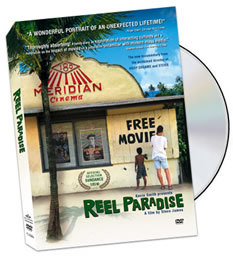 Taveuni is not one of Fiji’s prime tourist destinations. Like most of the south Pacific islands, its people struggle to eke out a subsistence living as farmers, fisherman, and merchants. To the local Fijians, the Piersons are thought to be millionaires, because they are able to live in a large colonial home and show movies for free. (The home is indeed impressive by Fijian standards, though barely acceptable by middle-class western standards.)
Taveuni is not one of Fiji’s prime tourist destinations. Like most of the south Pacific islands, its people struggle to eke out a subsistence living as farmers, fisherman, and merchants. To the local Fijians, the Piersons are thought to be millionaires, because they are able to live in a large colonial home and show movies for free. (The home is indeed impressive by Fijian standards, though barely acceptable by middle-class western standards.)
The Piersons grant the filmmakers unusually intimate access to the family’s home life. The result is a frank portrait of a very American family abroad. We see the struggles between Georgia and her parents around typical issues for American 16 year-olds, now exacerbated by living in a culture in which children are never expected to talk back to parents. Yet, Georgia’s friend Miriama prefers to stay with the Piersons instead of her own family where the father has been violent towards her and her mother. We also see that though Wyatt may be the quiet obedient student at school, he can be a tough and ruthlessly funny critic of his father and mother at home. Through it all, we see Janet playing the role of peacekeeper, the voice of reason during a particularly tumultuous last month abroad.
By the end of the film, we see how the Piersons have both been changed and unchanged by their experience. As unusually candid subjects, the family does not sugarcoat their feelings towards each other or their experience in Fiji. But underneath it all, there is no mistaking their affection for both.
Rob’s Review
To see that, check out Reel Paradise, a movie about the saga of American film maker maker John Pierson who in 2002 relocated his family (see photo at right) to Taveuni for a year to show free movies at the venerable Meridian Cinema near Waiyevo. This is the Fiji that the Fiji Visitors Bureau doesn’t publicize. I would definitely rent this flick (not so much to see the inner workings of the Pierson family) but to see a raw slice of Fijian life. I’ve always thought that just about everyone in Fiji is a living institution worthy of a bit part in a film and Reel Paradise captures it all—from the good hearted Fijian cook to the drunken, half wit “local European” landlord. (Let’s not forget the self-righteous priest worried about cultural contamination from the American interlopers). The warts and all are there for the world to see about the Pierson family and some facets of Fijian life. However, it’s by no means a negative film. There’s plenty to like about the verite aspects of this film. Thankfully there’s no phony sentimentality for the plight of the “noble savage”.
There’s plenty of dirty laundry aired but it’s equally distributed among the Piersons and the Fijians. John and Janet Pierson are not to be confused with Ozzie and Harriet Nelson nor are their Fijian neighbors always perfect models of propriety. The director doesn’t do anyone any special favors, he simply tells the story of a American family transplanted in the backwaters of Waiyevo. Nobody is perfect around here but despite the occasional crime and misdemeanor people are pretty damn civil and their their good qualities shine through.
At the end of the film the Piersons’ sit, cross-legged, Fiji-style at a good bye party given by the local village in their honor and drink kava. The couple proclaim what they’ve learned after being in country for a year—that Fiji may be poor in material wealth but is incredibly rich in heart. Indeed, more heart than you’re ever likely to find in Hollywood.
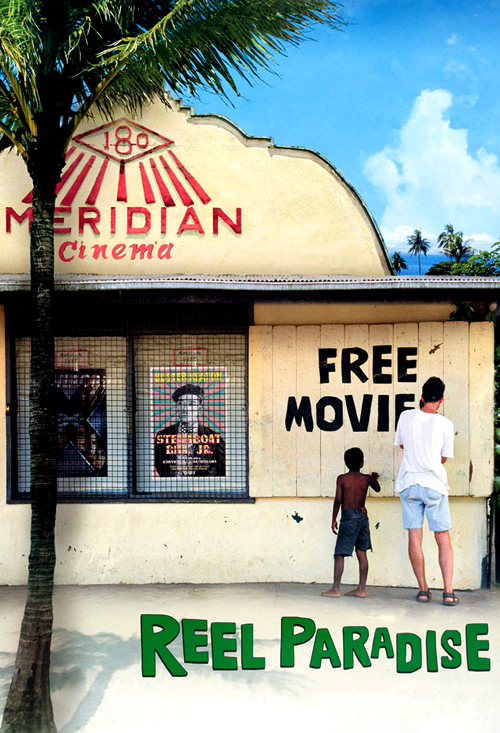
The Land Has Eyes
” Pear ta Ma ‘On Maf: The Land Has Eyes” is the only dramatic feature film ever made by a Native of Fiji (2004) that has won international acclaim. The film is shot entirely on the island of Rotuma, one of Fiji’s 330 islands. Written and directed by Vilsoni Hereniko who hails from Rotuma where he grew up for the first sixteen years of his life, this first feature had its world premiere at the prestigious Sundance Film Festival in North America and won several awards, including best dramatic film at the Imaginative Film and Media Arts Festival in Toronto, Canada; it also screened at more than 30 international film festivals around the world.
Fiji also nominated Hereniko’s film for Oscar consideration at the Academy Awards in 2005. (Fiji has never made an official submission to the Academy Awards either before or since.) For more information on the film, see: ![]() http://www.thelandhaseyes
http://www.thelandhaseyes![]() http://acm.hawaii.edu/vil
http://acm.hawaii.edu/vil
You can find a portrait of Vili on People of Fiji page if you do a little scrolling.
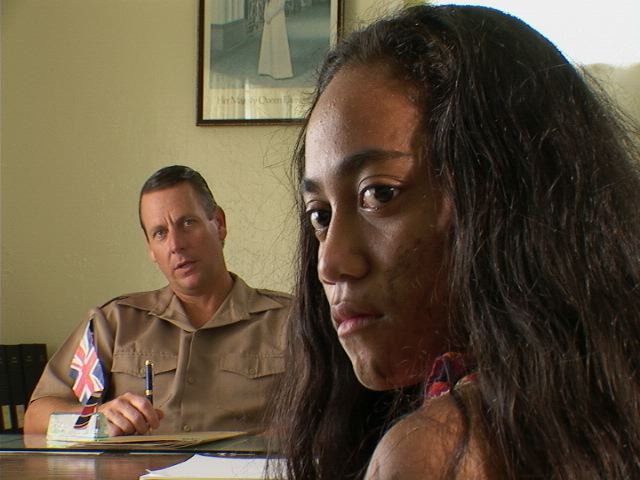


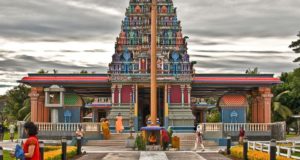
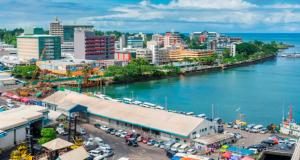
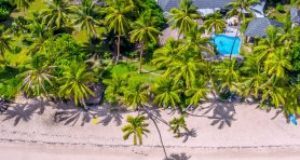
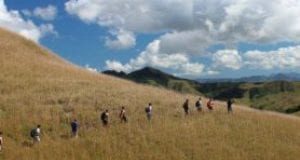
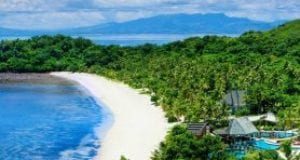
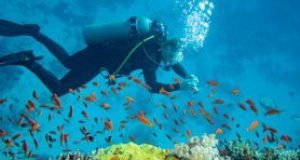
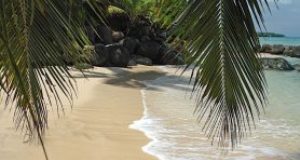
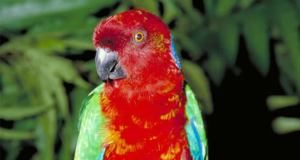
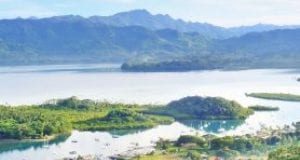
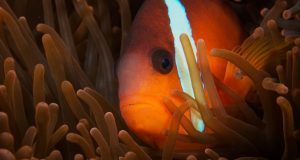
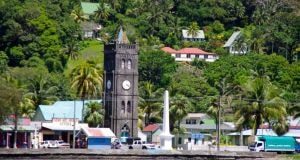
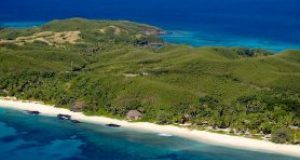
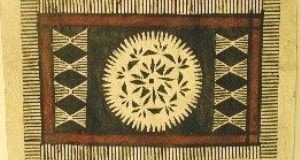
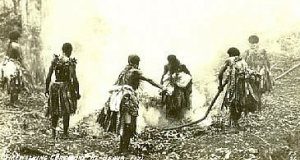
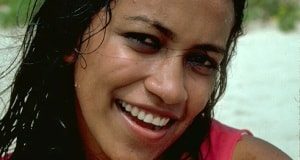
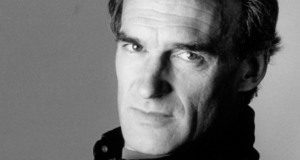

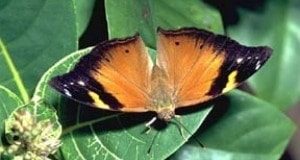
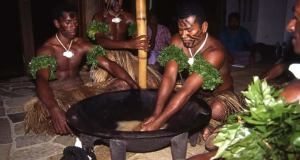
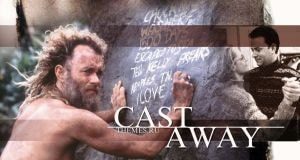

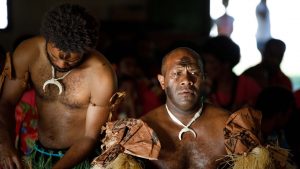
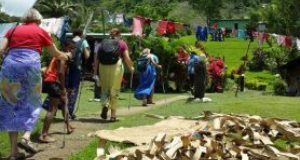
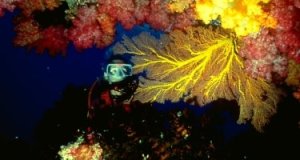
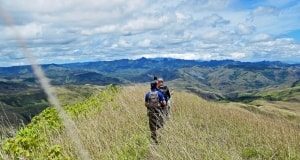
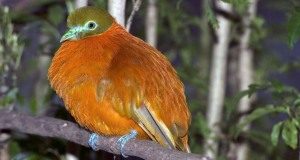
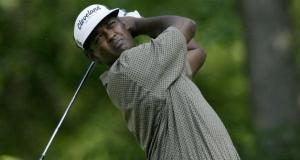
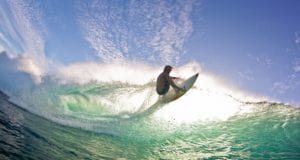
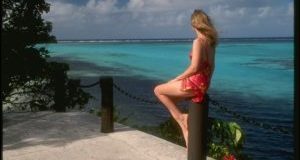
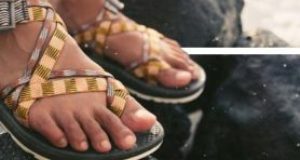
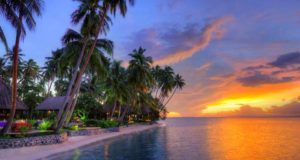
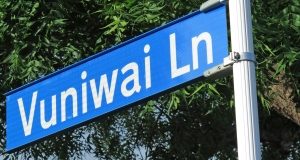
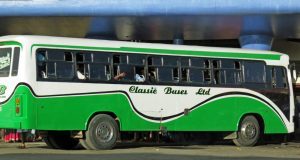

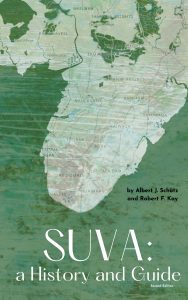
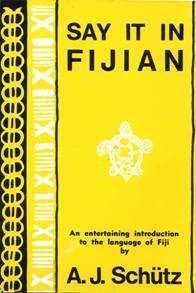
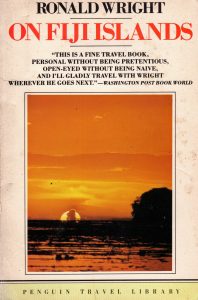
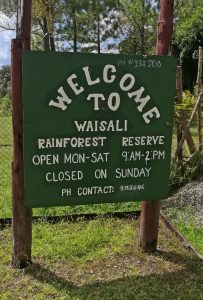
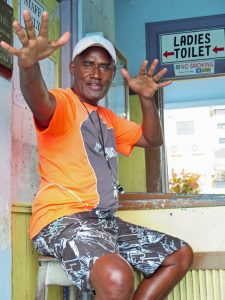

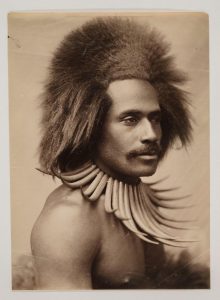
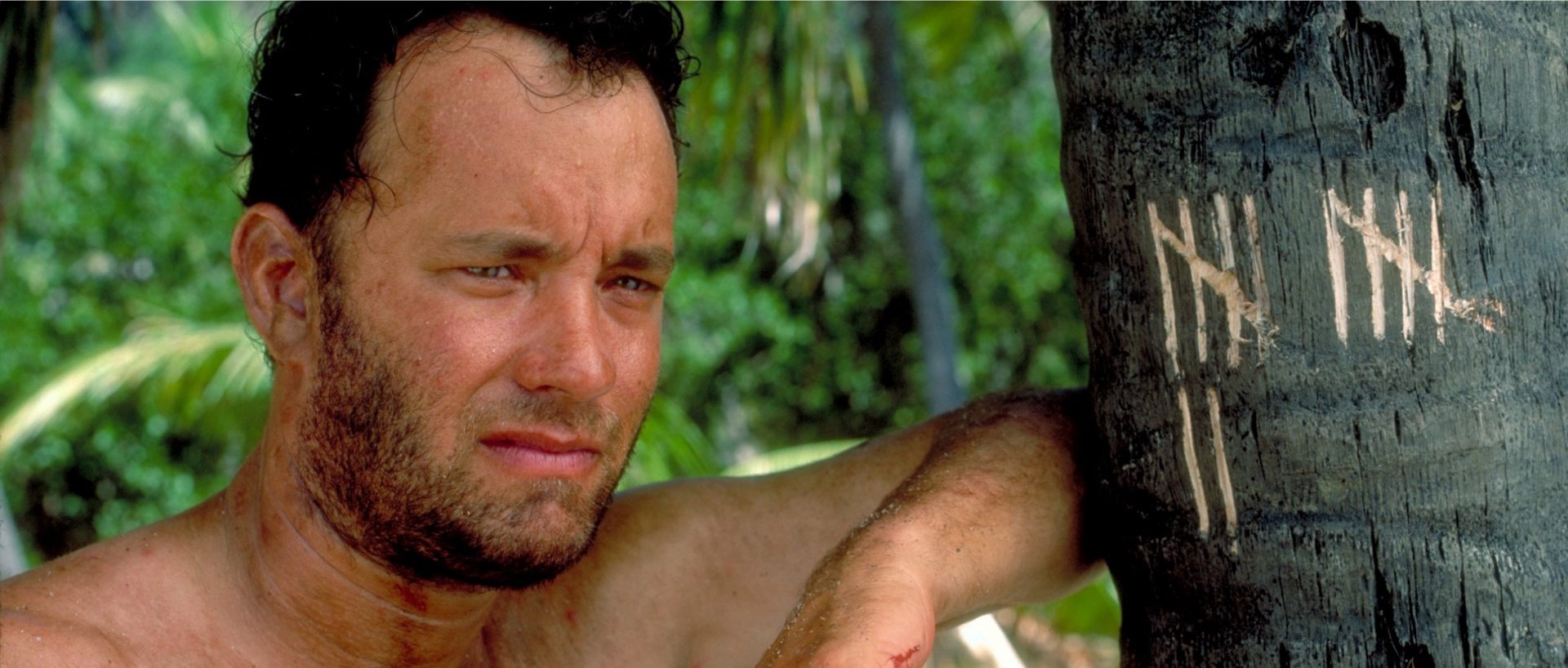
Leave a reply